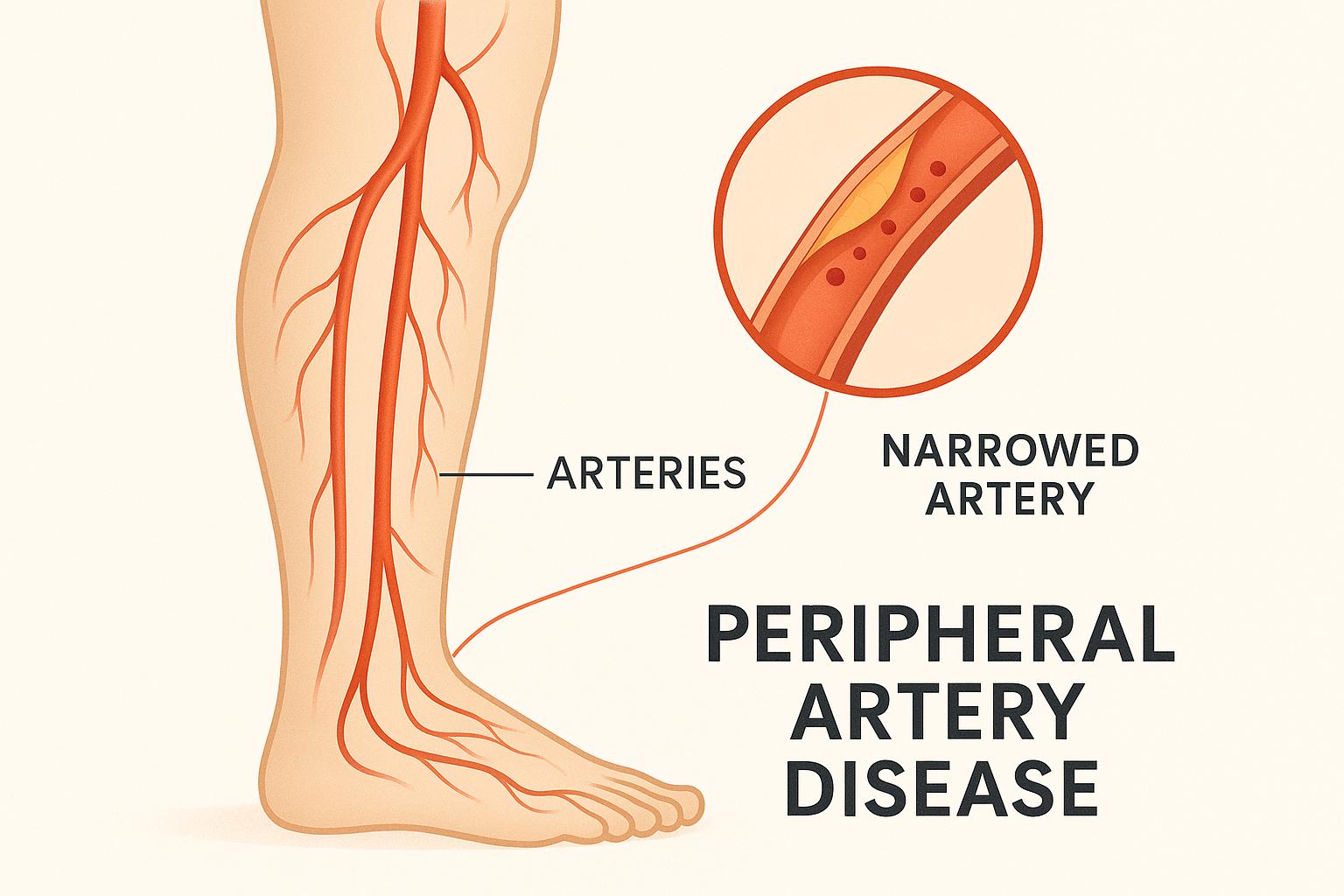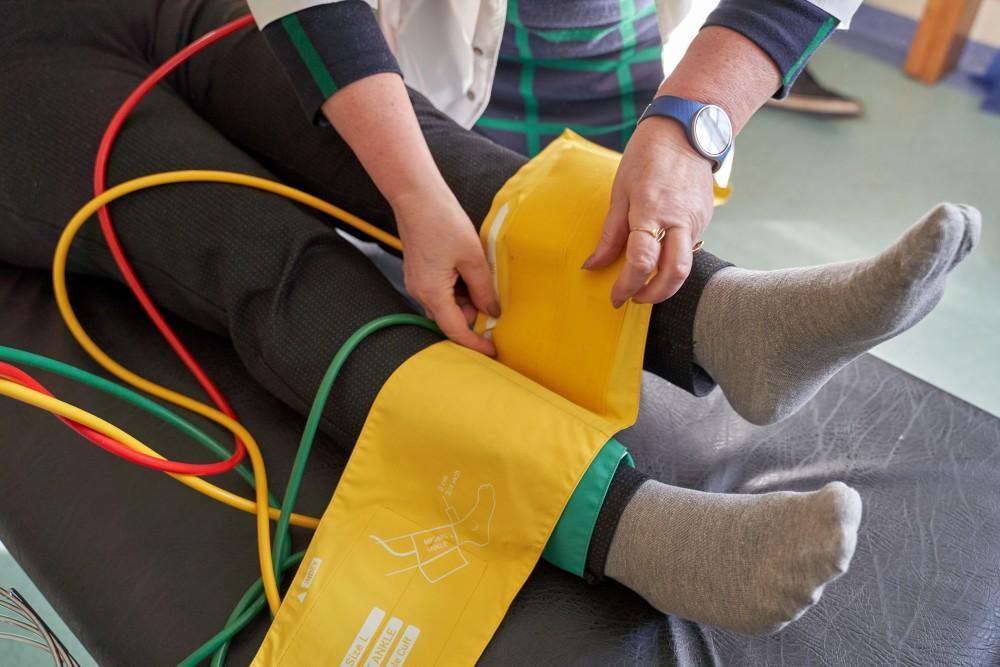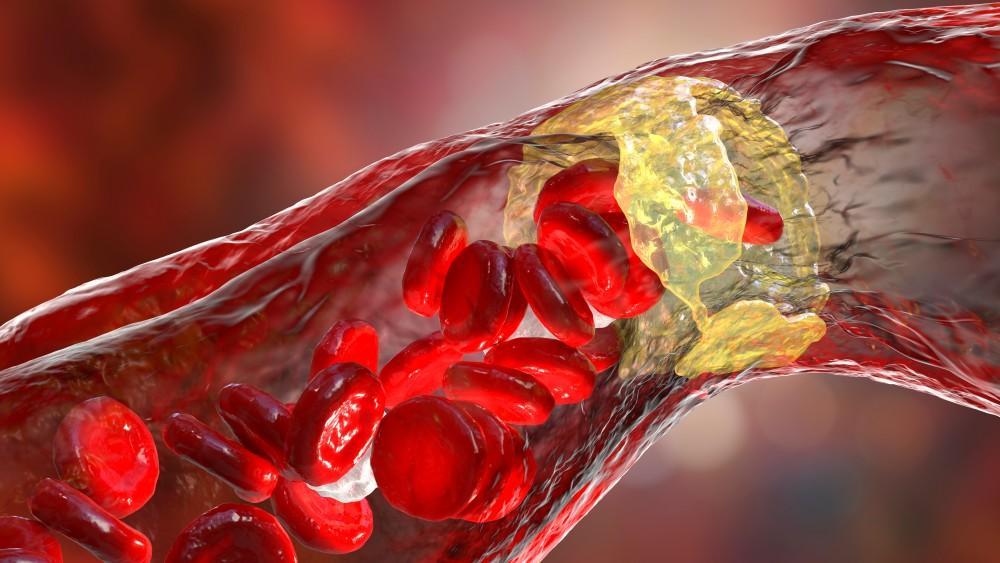You may know all about how plaque buildup in the blood vessels around your heart and brain increases your risk of having a heart attack or stroke. But have you given any thought to how plaque can affect the arteries that supply blood to the rest of your body? Known as your peripheral arteries, these blood vessels are also at risk of plaque buildup, which is a condition known as peripheral artery disease (PAD).
It’s estimated that as many as 18 million Americans have PAD, which, if left untreated, can affect blood flow to your extremities and increase your risk of limb amputation. At Prime Heart & Vascular, renowned cardiologist Rishin Shah, MD, specializes in the diagnosis and management of PAD, and we want you to know more about this condition.
What is PAD?
Peripheral artery disease is a circulatory problem in which blood flow is reduced in your limbs due to plaque buildup in your arteries. While any peripheral artery can be affected, PAD is most often seen in the legs. When blood isn’t able to push through the narrow passageways, your legs may not get the oxygen and nutrients needed, which may affect the health and survival of the tissue.
Blockage in the peripheral arteries also usually means you have blockage in the arteries that supply blood to your heart and brain, which can increase your risk of having a heart attack or stroke.
Know your risk
If you’ve ever thrown grease down the drain of your kitchen sink, then you may have an idea of what happens to your arteries to cause them to narrow. Too much fat, cholesterol, and other substances circulating in your blood can gather along your blood vessel walls. This can cause your arteries to hinder normal blood flow.
As you might guess, your blood cholesterol level plays a major role in your development of PAD. But there are other factors that can increase your risk as well, including:
- Smoking
- Diabetes
- Obesity
- High blood pressure
- Erectile dysfunction
Although not as common, an injury to your limb can also damage your peripheral arteries and lead to PAD.
How do I know if I have PAD?
Only a medical exam can show if you have PAD. You may want to schedule an appointment if you’re experiencing common symptoms of PAD, such as:
- Numbness or weakness in your legs
- A slowdown in nail or hair growth on your foot or leg
- Nonhealing sores on your legs or feet
- One leg or foot feels colder than the other
The tell-tale sign of PAD is referred to as claudication, which is a painful sensation that develops in your leg or hip after walking of climbing the stairs.
At Prime Heart & Vascular, we can conduct a comprehensive examination to determine if you have PAD. Your exam would include a review of your medical and family history, a physical exam, and blood tests. We may also conduct imaging to get a better look at your arteries.
Stop the buildup
Fortunately, PAD is very treatable. But it requires action on your part. In order to reduce your risk of amputation, Dr. Shah recommends making lifestyle changes to slow down the plaque buildup. If you smoke, stop. If you have high cholesterol or high blood pressure, make changes to your diet and exercise to improve your numbers.
When needed, Dr. Shah can prescribe medication to help slow down the plaque buildup and may also recommend physical rehabilitation.
Improving blood flow
Depending on the extent of the blockage, you may also benefit from minimally invasive procedures to help restore blood flow to your extremities. Some of the procedures used here at Prime Heart & Vascular to improve blood flow include:
- Atherectomy, which is a procedure that removes plaque from your artery
- Stent, which is a device that helps keep your artery open
- Balloon angioplasty, which is a procedure that uses a balloon to widen your artery
In most cases, you can go home the day of your procedure.
To see if you have peripheral artery disease and to get treatment, book an appointment online or over the phone with Prime Heart & Vascular today.





